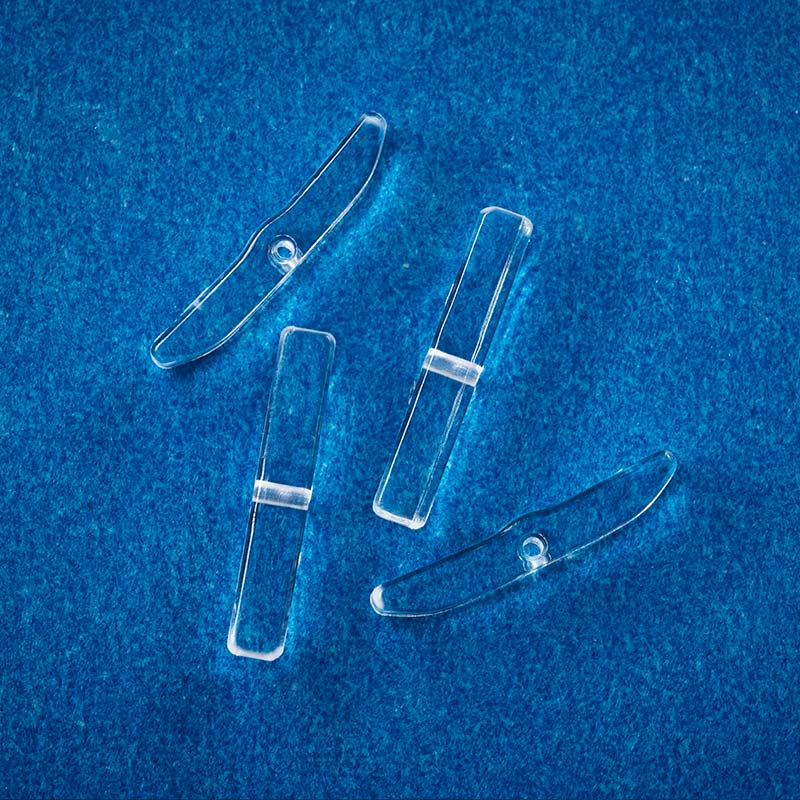- June 30, 2022
Bioresorbable Material Selection Considerations
Bioresorbable materials, also known as biocompatible are commonly used in medical and dental applications. They are most often composed of a biodegradable polymer and normally have a glass transition temperature (see Tg), which is the temperature that means the material is no longer a liquid but has begun to form a gel (commonly within 25 °C). To know more about
As the medical and surgical community becomes more aware of the potential benefits of using bioresorbable materials, more companies are starting to produce these products. In this blog post, we will discuss some of the key considerations when selecting a bioresorbable material for a particular application. You can also check this site out for bioresorbable material selection.

First and foremost, it is important to determine the intended use of the material. For example, if a bioresorbable material is being used as a scaffold to support tissue regeneration, then specific properties such as toughness, resorption rate, and stability are critical.
Similarly, if a bioresorbable material is being used to repair or replace damaged tissue, certain characteristics such as bioavailability (ability to be absorbed by the body), mechanical stability, and resistance to bacterial degradation may be important.
Another important consideration when selecting a bioresorbable material is its cost. Materials that are less expensive typically have lower bioavailability and mechanical stability, while more expensive materials may have higher bioavailability and higher mechanical stability. It is also important to consider the manufacturing process for the bioresorbable material.